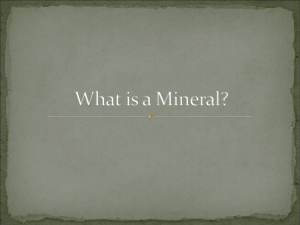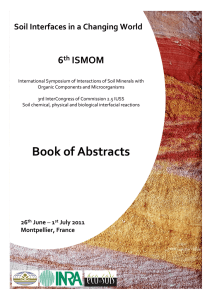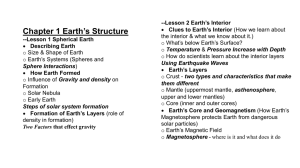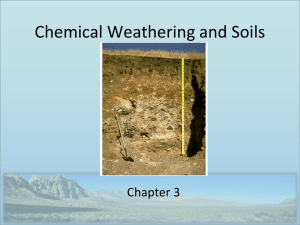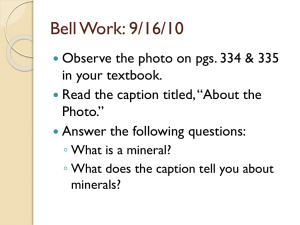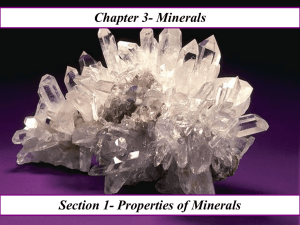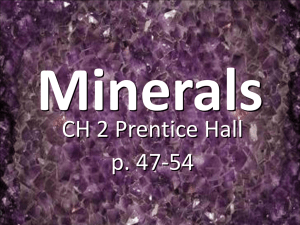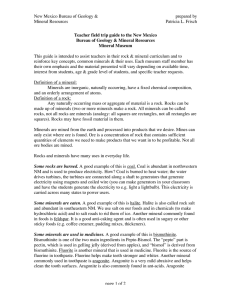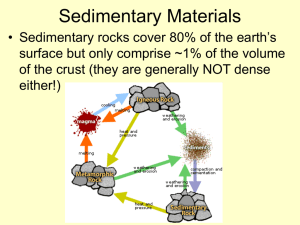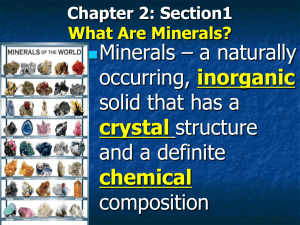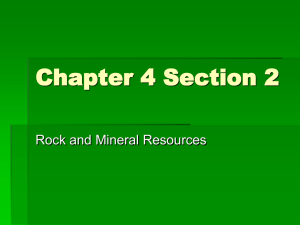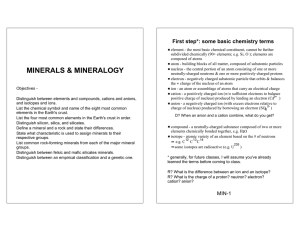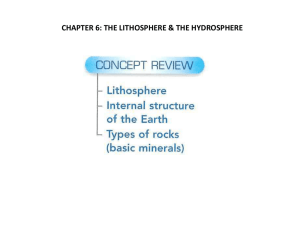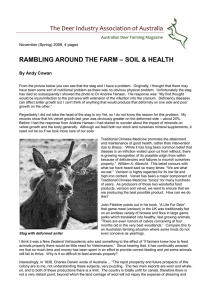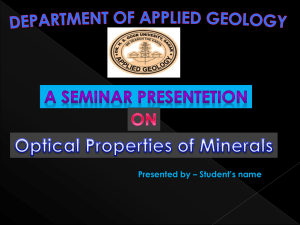Science Notebook Scavenger Hunt! Find the answers to the
advertisement
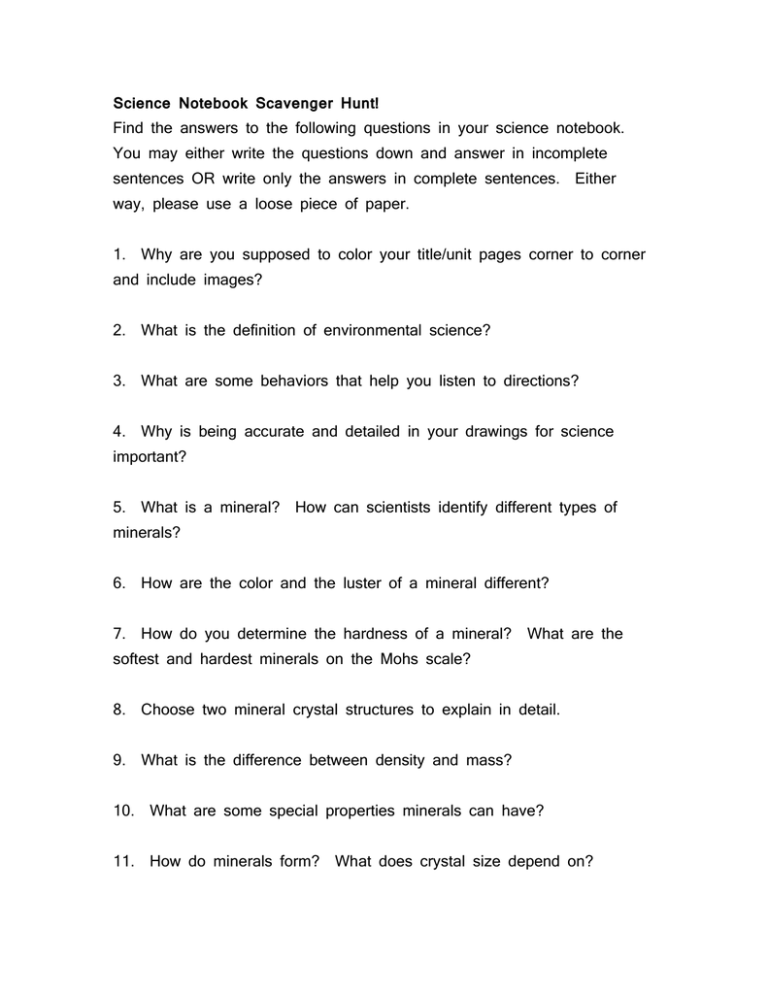
Science Notebook Scavenger Hunt! Find the answers to the following questions in your science notebook. You may either write the questions down and answer in incomplete sentences OR write only the answers in complete sentences. Either way, please use a loose piece of paper. 1. Why are you supposed to color your title/unit pages corner to corner and include images? 2. What is the definition of environmental science? 3. What are some behaviors that help you listen to directions? 4. Why is being accurate and detailed in your drawings for science important? 5. What is a mineral? 6. How are the color and the luster of a mineral different? 7. How do you determine the hardness of a mineral? minerals? How can scientists identify different types of What are the softest and hardest minerals on the Mohs scale? 8. Choose two mineral crystal structures to explain in detail. 9. What is the difference between density and mass? 10. What are some special properties minerals can have? 11. How do minerals form? What does crystal size depend on? 12. What are the two main groups of minerals? 13. What is a rock? How are rocks and minerals different? 14. The three main types of rock are ___________, ___________, and ____________. 15. Briefly explain how each rock type is formed. 16. What is a volcano? 17. What is viscosity and how is it affected by silica content and temperature? 18. What is weathering and what causes it? Give a definition for the two main types of weathering. 19. What determines the rate of weathering? 20. How should a hypothesis in a lab report be structured? 21. What is the difference between an independent (manipulated) variable and a dependent (responding) variable? 22. How does soil form? What is contained in soil? 23. Why is soil important? 24. Summarize chapter 5 of The Omnivore’s Dilemma in one sentence. 25. What characteristics do all living things share? 26. What are the three domains of life and what is found in each domain? 27. What are the two general types of cell and how are they different? 28. What are the four groups of macromolecules and what do they do (in general)? 29. Briefly describe the function of the following organelles: cell membrane, nucleus, mitochondria, ribosome, chromatin. 30. Why should we be careful about how we use antibiotics?


